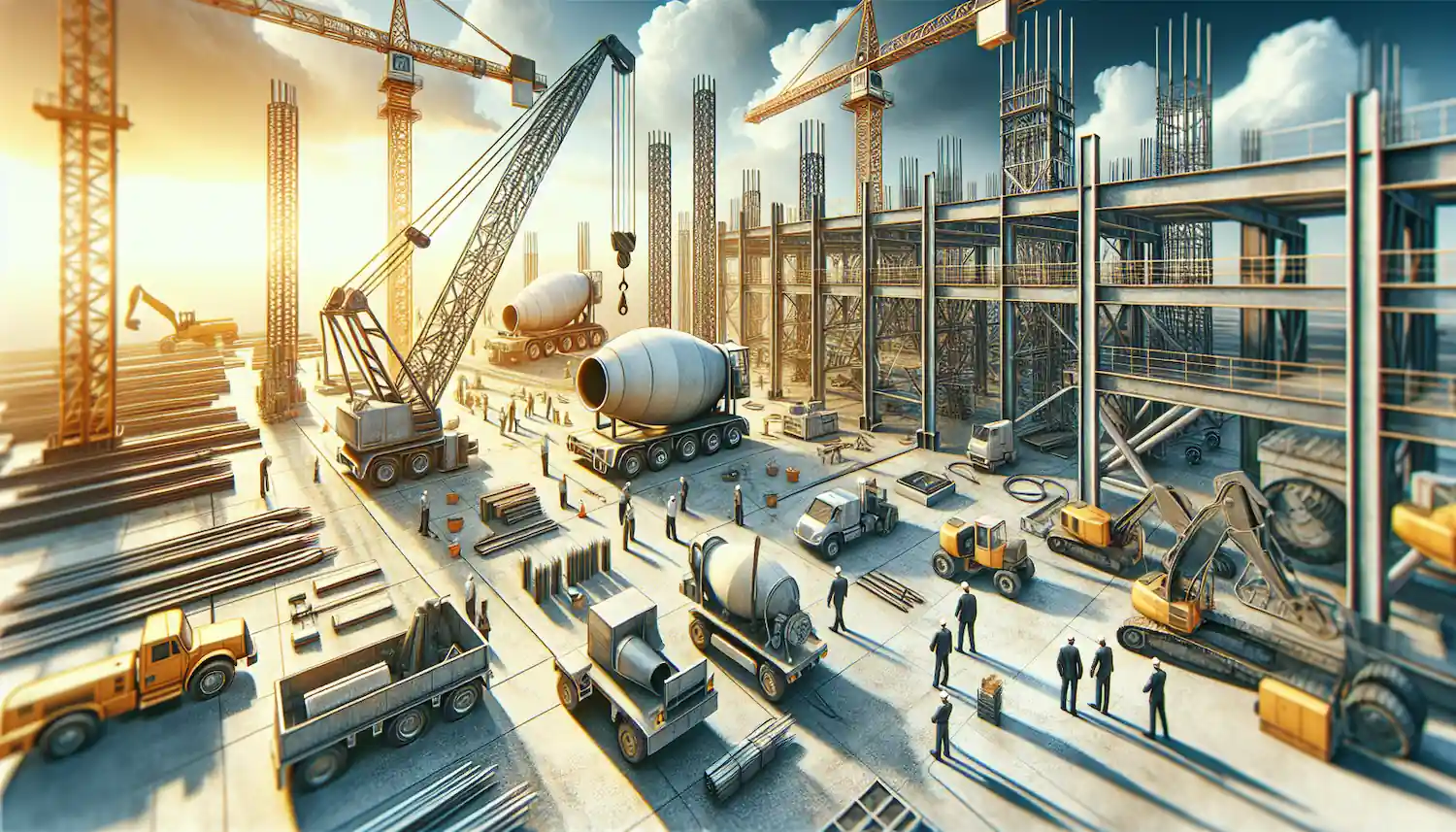Maximize Savings: Multi-Purpose Construction Machinery for Lower Costs
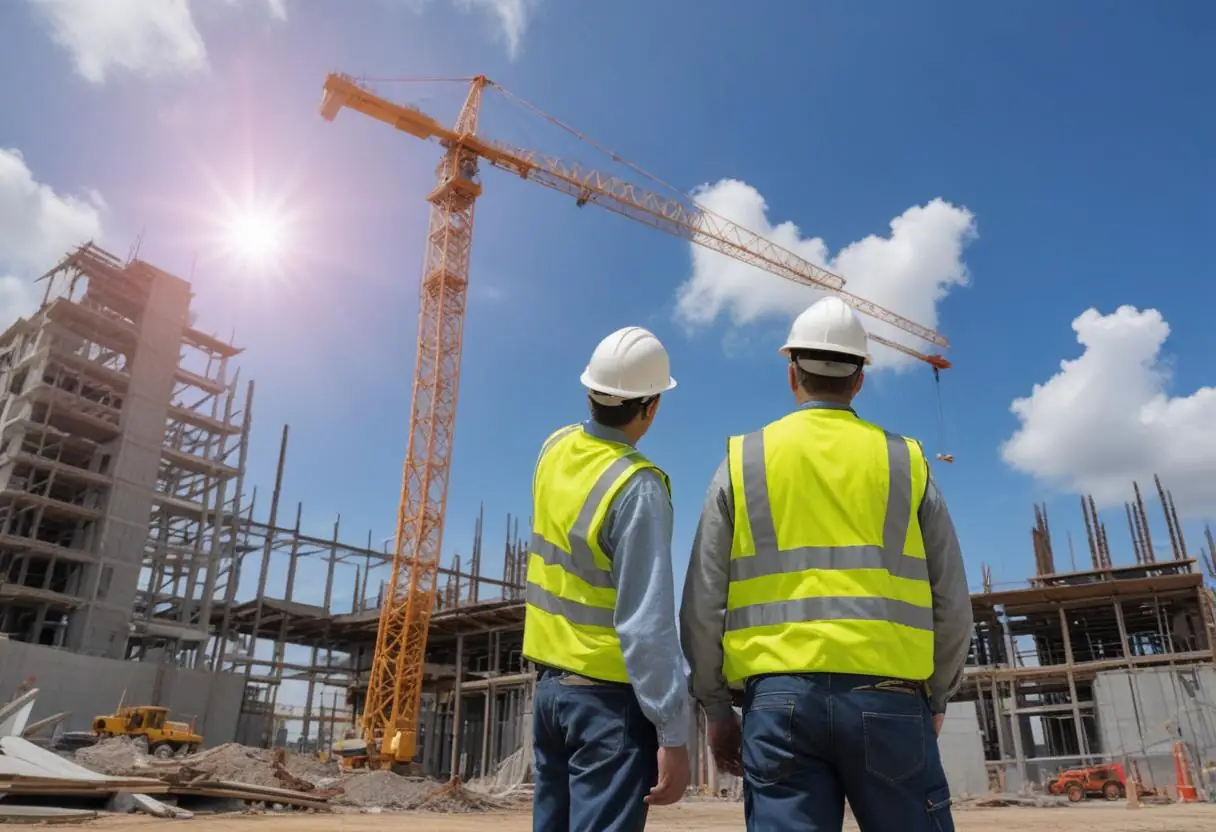
In this article you'll discover practical tips to optimize your machinery choices and management strategies for construction sites; explore how to assess your equipment needs; select versatile heavy-duty machinery and large construction equipment; and implement effective equipment sharing and data analysis techniques.
By the end, you'll have a clear roadmap to enhance your construction site equipment efficiency, reduce operational costs, and improve your bottom line. Whether you're considering equipment rental or purchasing new machinery, this guide will help you make informed decisions to maximize your savings.
Assess Your Equipment Needs
To maximize savings with multi-purpose heavy construction equipment, you need to start by carefully assessing your equipment needs. This process involves analyzing project requirements, identifying versatile machinery options from the types of construction equipment available, and considering equipment utilization rates.

Analyze Project Requirements
Before diving into equipment selection, it's crucial to gather sufficient information about your project. Consider the project's scope, size, location, and intended functions. This information will help you determine the level of equipment criticality and develop a comprehensive Owner's Project Requirements (OPR) document that accounts for the heavy equipment needed.
The OPR should outline your project goals, performance criteria, cost considerations, and success criteria. To create an effective OPR, involve input from your design team, operations and maintenance staff, and end users. This collaborative approach ensures that all aspects of the project are considered when selecting examples of heavy equipment.
Identify Versatile Machinery Options
When choosing heavy machinery, focus on versatility to get the most value for your investment. Look for different types of heavy equipment that can handle multiple tasks, reducing the need for specialized equipment. Some of the most versatile options include:
- Excavators: These powerful construction tractors can perform a wide range of tasks, from earthmoving and digging to lifting heavy materials.
- Skid steer loaders: Compact and agile, these heavy equipment examples excel in various tasks like grading, excavation, and material handling.
- Telescopic handlers (telehandlers): Combining the capabilities of a forklift and a crane, telehandlers offer exceptional versatility for material movement in infrastructure projects.
Consider Equipment Utilization Rates

To ensure you're making the most of your heavy-duty construction equipment, it's essential to track and analyze equipment utilization rates. The equipment utilization rate (EUR) is calculated by dividing the operating time by the available time and multiplying by 100. This metric helps you identify underutilized heavy digging equipment and make informed decisions about asset allocation.
By monitoring utilization rates, you can:
- Detect inefficiencies in your workflow
- Allocate equipment more effectively across job sites
- Plan preventive maintenance during idle periods
Remember, improving equipment utilization leads to higher production, increased profits, and more satisfied customers.
.webp)
To get a free consultation on sourcing machinery or parts and a free quote, contact MCH Parts today.
Choose Versatile Equipment for Cost Savings
Selecting the right heavy equipment for your construction project is crucial for maximizing efficiency and minimizing costs. By choosing versatile machinery, you can tackle multiple tasks with fewer machines, leading to significant savings.
Benefits of Multi-Purpose Machinery
Multi-purpose construction machinery offers several advantages:
- Increased productivity: Versatile equipment can boost productivity compared to manual labor. Machines like excavators, dozers, and dump trucks can move large amounts of material quickly, speeding up job completion.
- Cost-effectiveness: While upfront costs may be high, long-term savings are substantial due to reduced labor costs and fewer errors.
- Enhanced safety: Construction machinery is designed with safety features, protecting workers from many risks associated with manual labor.
- Project flexibility: Powerful machinery enables the completion of ambitious projects like skyscrapers and highways that would be extremely difficult with manual labor alone.
Popular Multi-Function Construction Equipment
Several types of equipment stand out for their versatility
- Backhoe loaders: These multi-use machines can perform various tasks efficiently, including asphalt paving and soil compaction.
- Skid steers: With the right attachments, skid steers can handle boring holes, digging trenches, plowing snow, and clearing brush.
- Excavators: These heavy machines are used for digging and crushing material on site.
- Telehandlers: Ideal for jobs where a forklift is inadequate, telehandlers offer increased versatility.

Factors to Consider When Selecting Versatile Machinery
When choosing multi-purpose equipment, keep these factors in mind:
- Project scope: Consider the size and type of your project to select suitable machinery like pavers, trenchers, harvesters, compactors, and concrete mixers.
- Cost considerations: Evaluate both initial costs and long-term ownership expenses.
- Safety implications: Ensure proper training for all personnel operating the machinery.
- Attachments: Look for equipment that can use various attachments to expand its functionality.
- Experience level: Consider your crew's familiarity with the equipment and any necessary training.
By carefully selecting versatile equipment, you can significantly reduce costs and improve efficiency on your construction projects.
To get a free consultation on sourcing machinery or parts and a free quote, contact MCH Parts today.
Invest in Multi-Purpose Machinery
Investing in multi-purpose heavy construction equipment can significantly boost your project efficiency and cost-effectiveness. By choosing versatile equipment like forwarders, motor graders, feller bunchers, and pile drivers, you can tackle various tasks with fewer machines, leading to substantial savings in equipment costs and maintenance.
Types of Multi-Purpose Construction Equipment
Several types of equipment stand out for their versatility:
- Backhoe loaders: These machines combine a tractor, loader, and backhoe, making them ideal for digging, lifting, and moving materials.
- Skid steer loaders: With various attachments, they can handle tasks like boring holes, digging trenches, and clearing brush.
- Telehandlers: Perfect for jobs where a forklift is inadequate, offering increased versatility.
- Excavators: Heavy machines used for digging and crushing material on-site.
Cost-Benefit Analysis of Versatile vs. Specialized Machinery
When considering multi-purpose machinery, it's crucial to conduct a cost-benefit analysis:
- Initial investment: While versatile equipment may have higher upfront costs, the long-term savings are substantial.
- Operational efficiency: Multi-purpose machinery can boost productivity compared to manual labor, speeding up job completion.
- Maintenance costs: Nearly 37% of a machine's life cycle cost is related to maintenance and repair.
Training Operators for Multiple Functions

To maximize the benefits of multi-purpose machinery, proper operator training is essential:
- Safety protocols: Ensure operators understand safety procedures and regulatory compliance.
- Technology familiarity: Train operators on new technologies like camera systems and object detection features.
- Maintenance awareness: Educate operators on the importance of timely equipment maintenance.
By investing in multi-purpose machinery and properly training your operators, you can significantly reduce costs and improve efficiency on your construction projects.
To get a free consultation on sourcing machinery or parts and a free quote, contact MCH Parts today.
Implement Effective Equipment Management
Effective equipment management is crucial for maximizing productivity and reducing costs in construction projects. By implementing a proactive approach, you can ensure optimal equipment performance and longevity.
Establish a Preventive Maintenance Schedule
Preventive maintenance is key to keeping your equipment in top condition. By scheduling regular inspections and servicing, you can identify and address issues before they become major problems. This approach reduces unplanned downtime and costly repairs. To create an effective preventive maintenance schedule:
- Take inventory of your critical assets
- Prioritize equipment based on importance
- Determine appropriate maintenance intervals
- Plan recurring tasks and inspections
Use Fleet Management Software
Embracing technology can significantly improve your equipment management. Fleet management software provides real-time data on equipment performance, fuel consumption, and maintenance requirements. This allows for proactive decision-making and optimization of equipment utilization. Key benefits include:
- Remote monitoring of equipment status
- Automated scheduling of maintenance
- Data-driven insights for operational improvements
Optimize Equipment Allocation
Efficient resource allocation is essential for project success. By aligning equipment allocation with project milestones, you can ensure timely completion and maximize utilization. Consider using resource management software to gain real-time visibility into equipment availability and optimize allocation across projects.
To get a free consultation on sourcing machinery or parts and a free quote, contact MCH Parts today.
Conclusion
Investing in multi-purpose construction machinery has a significant impact on project efficiency and cost-effectiveness. By choosing versatile equipment, construction firms can tackle various tasks with fewer machines, leading to substantial savings in equipment costs and maintenance.
This approach not only streamlines operations but also maximizes equipment utilization, helping companies to stay competitive in the ever-changing construction industry.
The key to success lies in carefully assessing project requirements, selecting the right machinery, and implementing effective equipment management strategies.
To fully leverage the benefits of multi-purpose machinery, it's crucial to establish a preventive maintenance schedule, use fleet management software, and optimize equipment allocation.
These practices ensure that equipment performs at its best, reducing downtime and extending its lifespan. By embracing these strategies, construction companies can significantly improve their bottom line and project outcomes.
Consider reaching out to MCH Parts for a free sourcing machinery or parts consultation, ensuring your business benefits from top-tier equipment and service.
FAQs
How can equipment costs be minimized in construction?
To minimize equipment costs, consider these strategies: choosing between renting and buying based on needs, maintaining an inventory of all equipment, training staff on correct equipment usage, scheduling regular non-operational periods for equipment, and conducting routine preventive maintenance.
Which construction equipment is the most profitable?
The most profitable construction equipment typically includes excavators, bulldozers, cranes, and loaders due to their vital roles in various projects. However, profitability can vary depending on regional demands and current industry trends.
What are effective strategies to reduce construction costs?
To effectively reduce construction costs, consider the following during the design phase: minimize the scope and complexity of projects, switch materials or systems for cost efficiency, explore alternative materials, utilize budgeting software, streamline project communication, minimize construction waste, and avoid change orders to maintain budget integrity.
What types of machinery are most commonly used in construction?
The most commonly used machinery in construction includes wheel loaders, excavators, backhoes, bulldozers, graders, skid steers, articulated trucks, and compact track loaders. These machines are essential for a wide range of construction tasks.
Read More

Top Hydraulic Components for Agricultural Equipment in 2025: Complete Guide
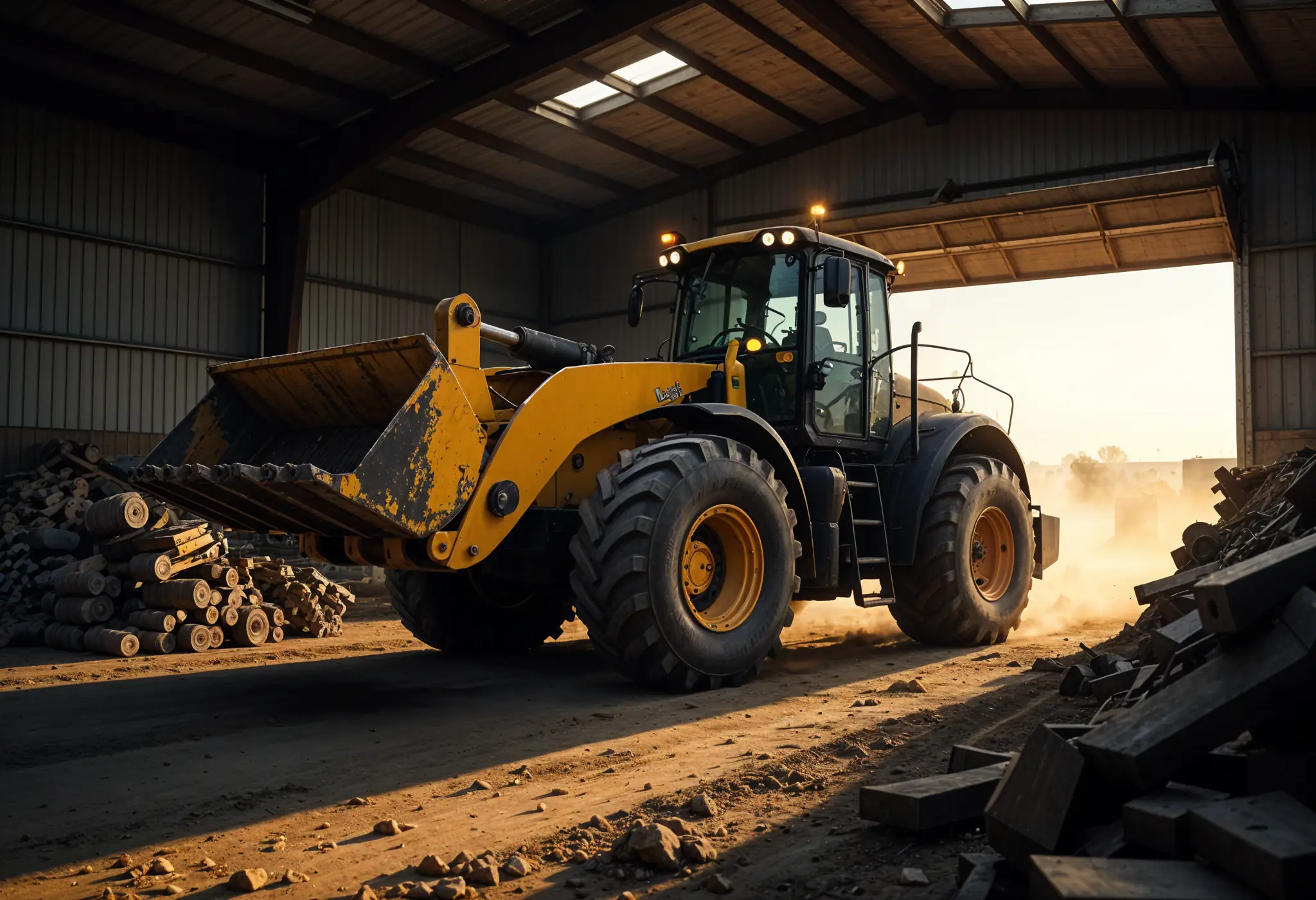
The Essential Farm Equipment Parts You Can't Afford to Run Out Of
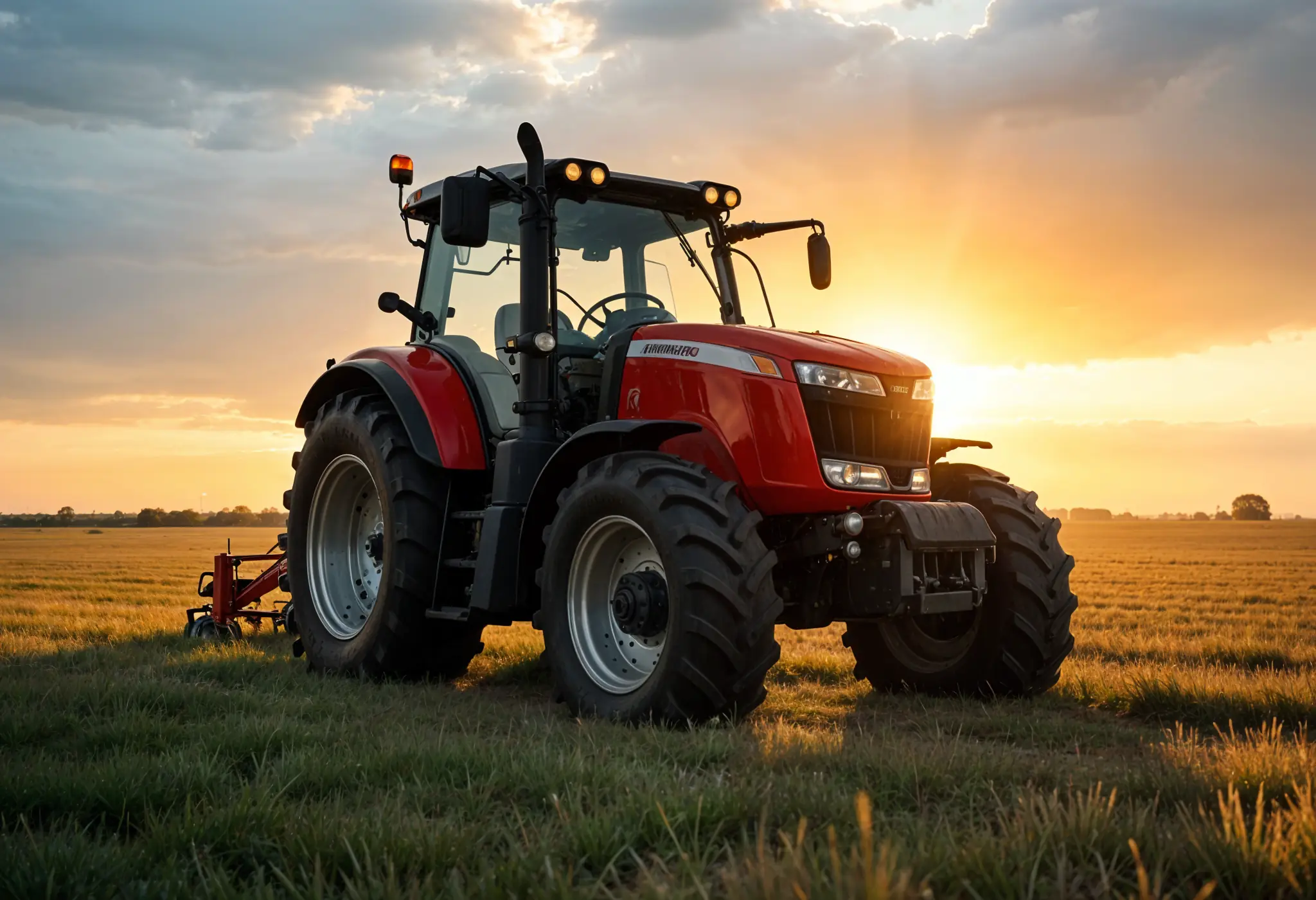
How to Service Farm Equipment: A Farmer's Guide to Zero Harvest Downtime
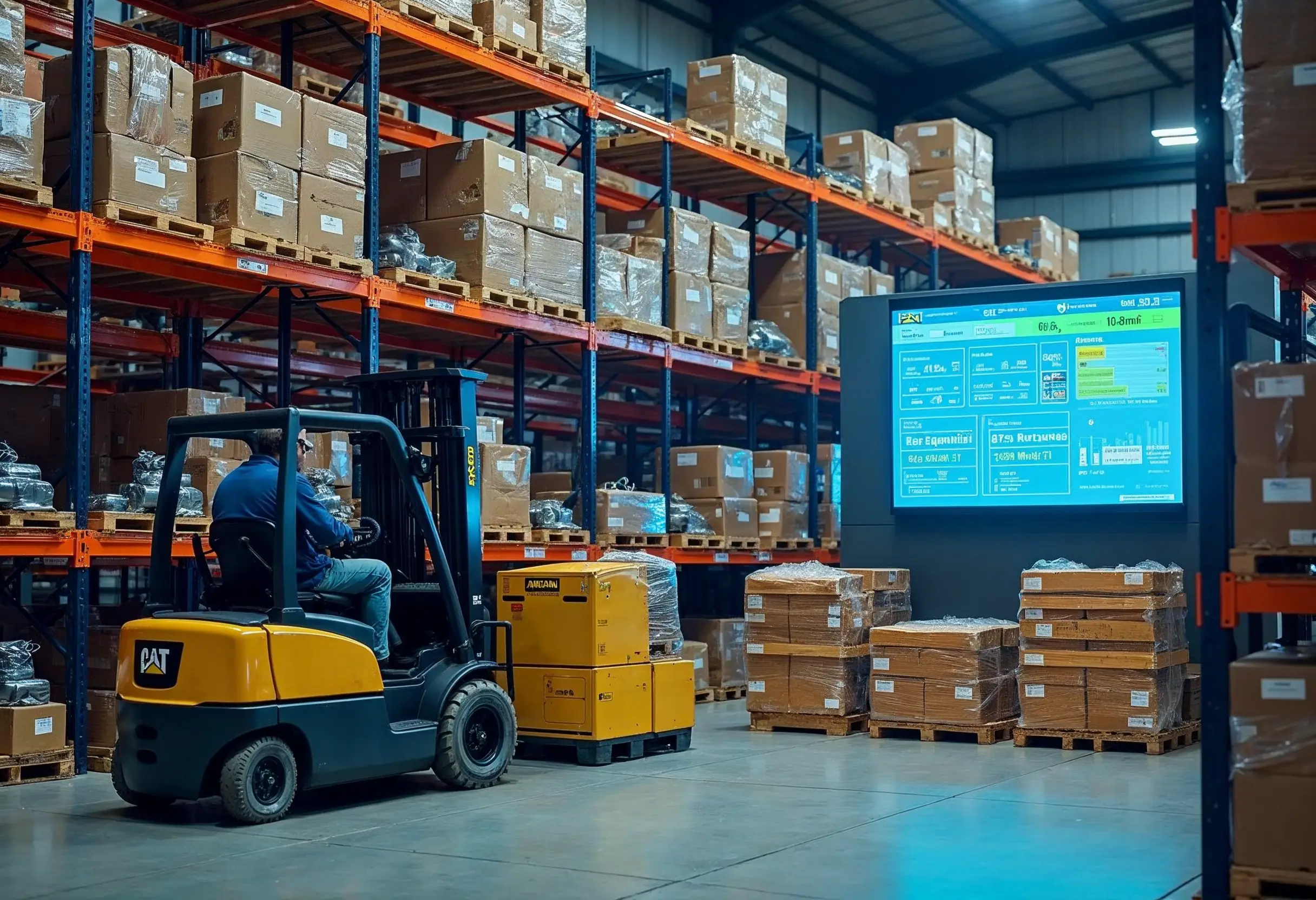
Construction Machinery Parts Suppliers: Expert Selection Guide
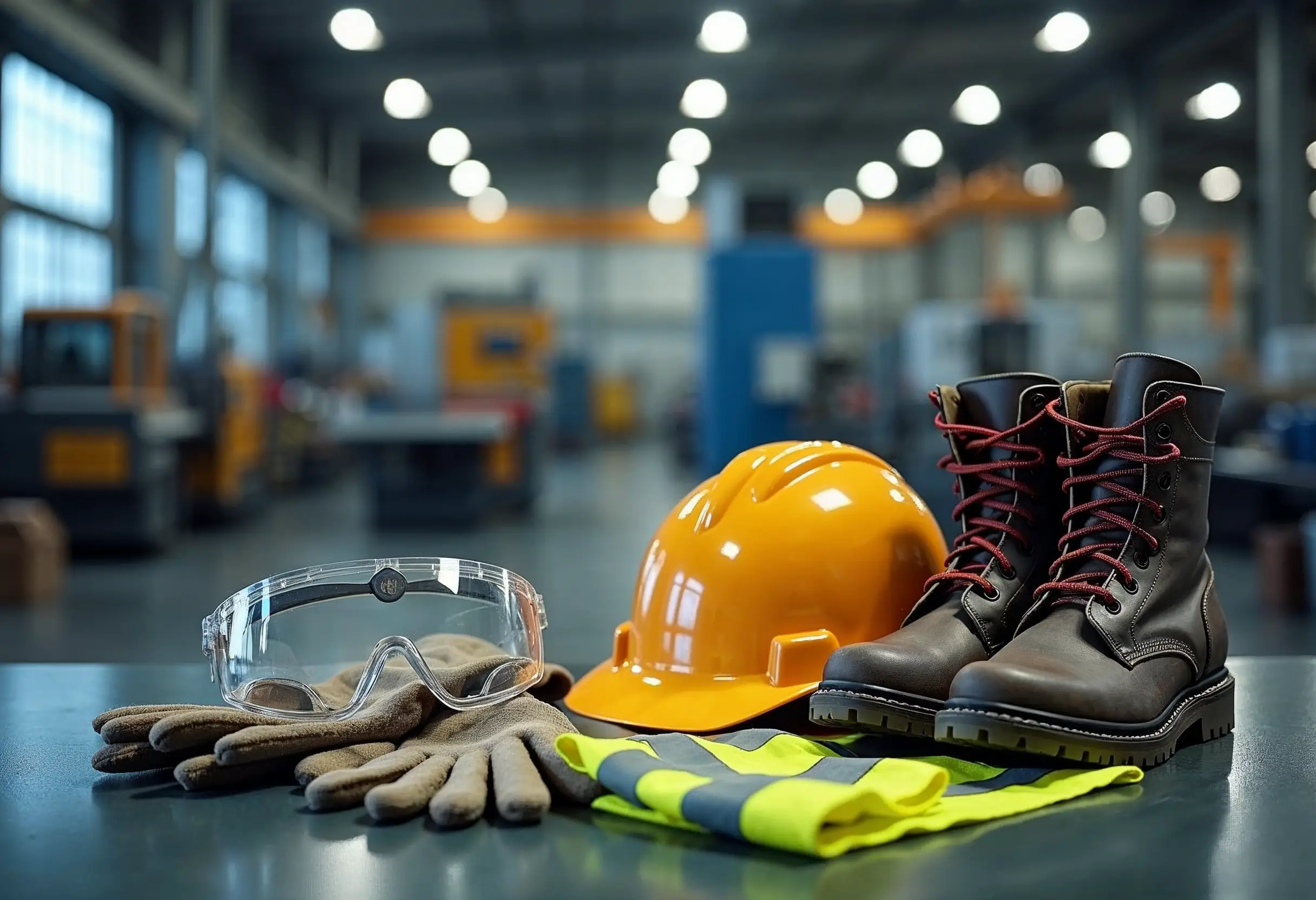
How to Apply Machine Safety Rules: From Selection to Installation

Smart Diagnostics Cut Heavy Equipment Failures by 73%
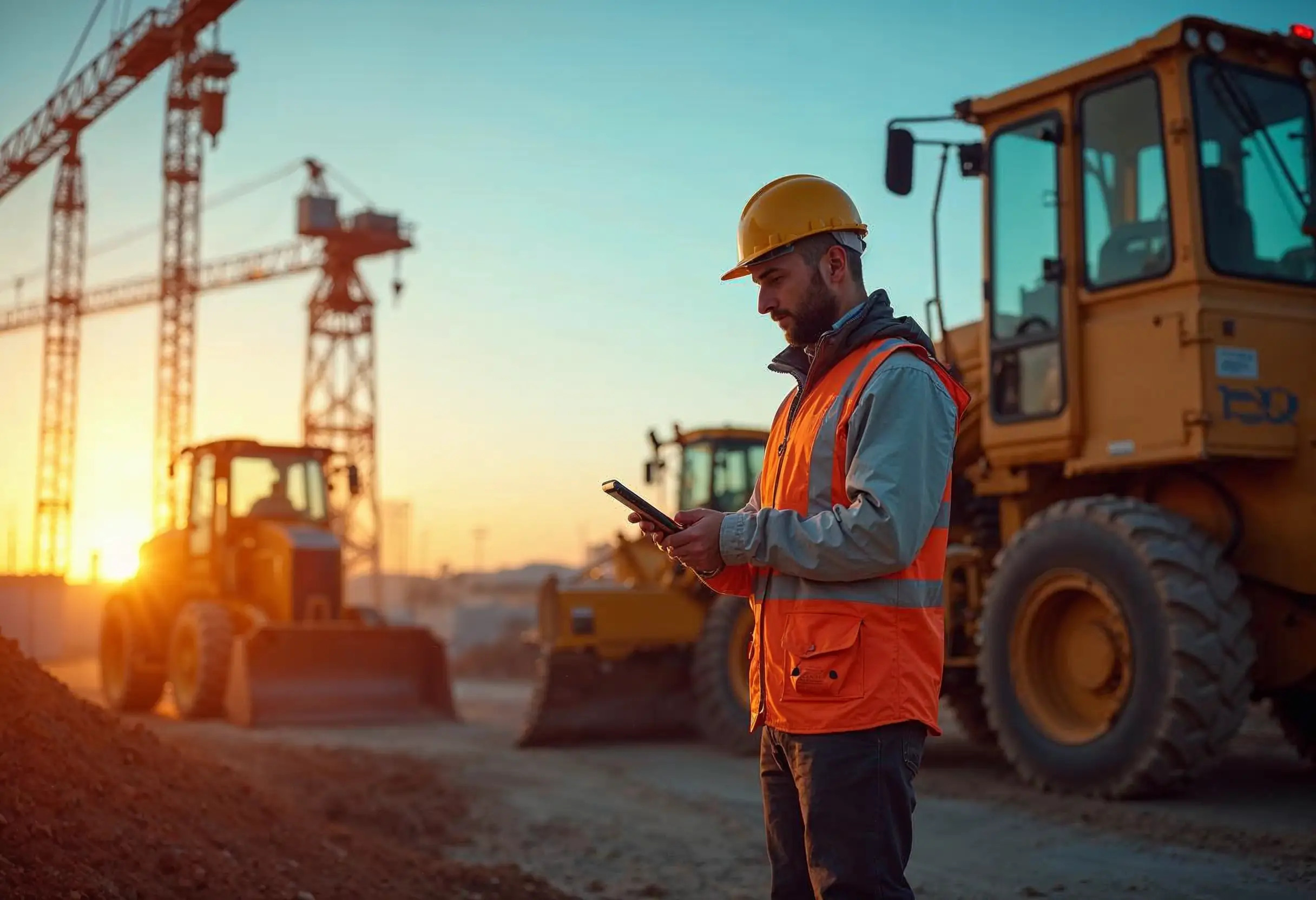
5 Ways to Assess the Environmental Impact of Heavy Construction Machinery

10 Smart Ways to Pick Construction Machinery for 2025 Projects
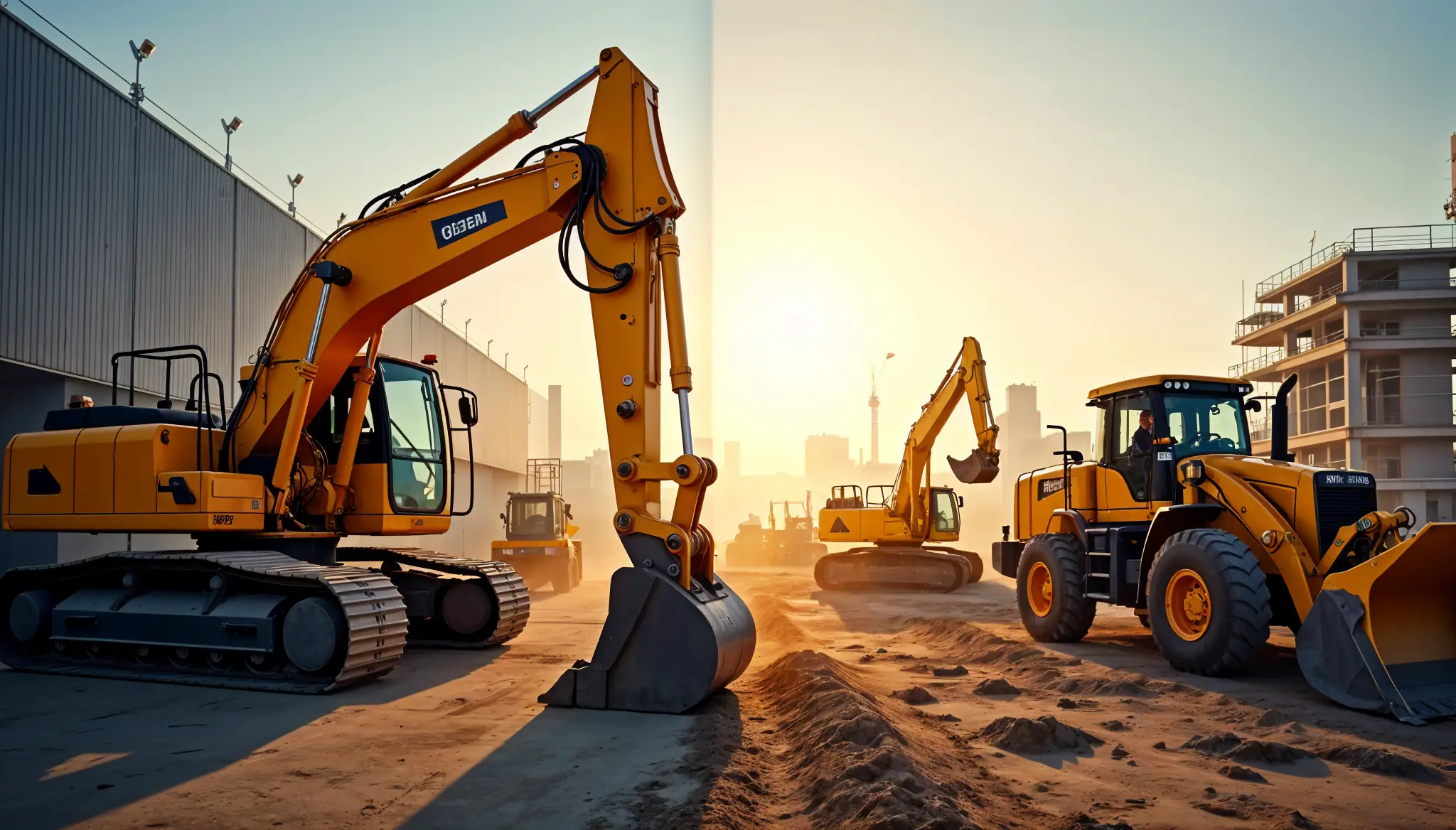
Rent vs Purchase Equipment: What Heavy Industry Experts Hide

How to Implement a Construction Inventory Management System for Equipment Efficiency
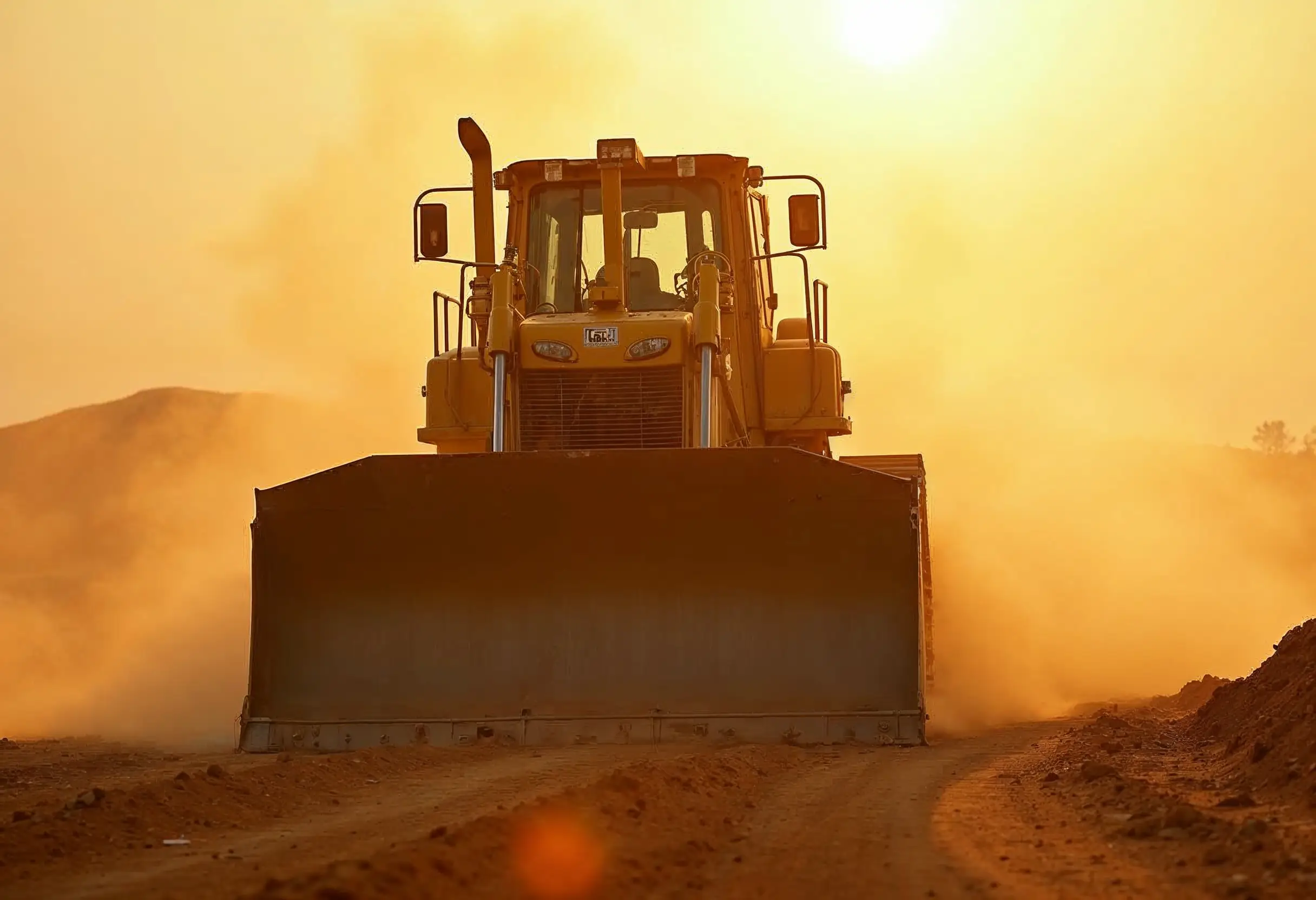
How to Extend Equipment Life Expectancy with Regular Maintenance
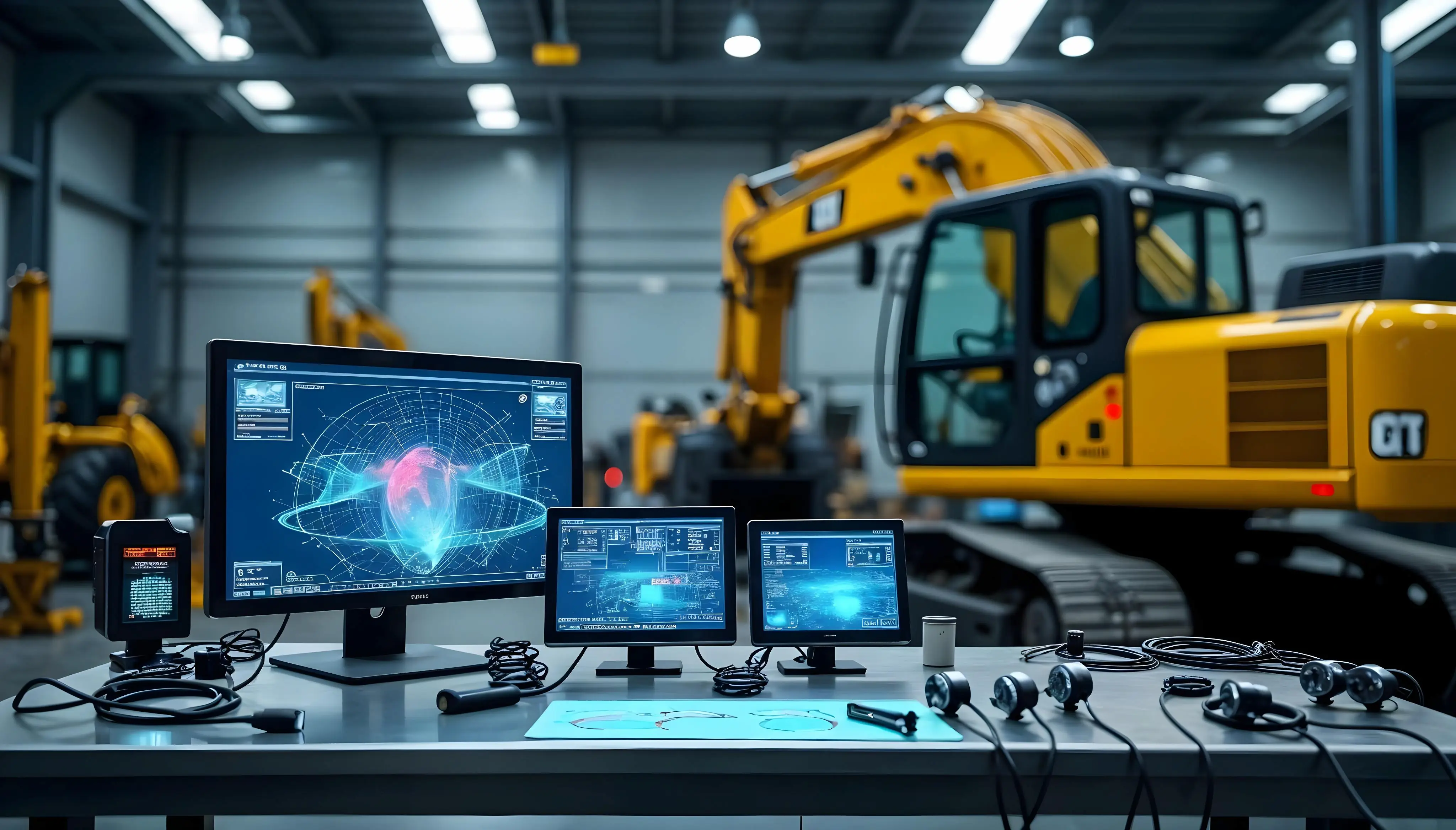
Advanced Heavy Equipment Diagnostic Tools: Ensuring Construction Machinery Quality
Essential Features Your Construction Equipment Inventory System Needs
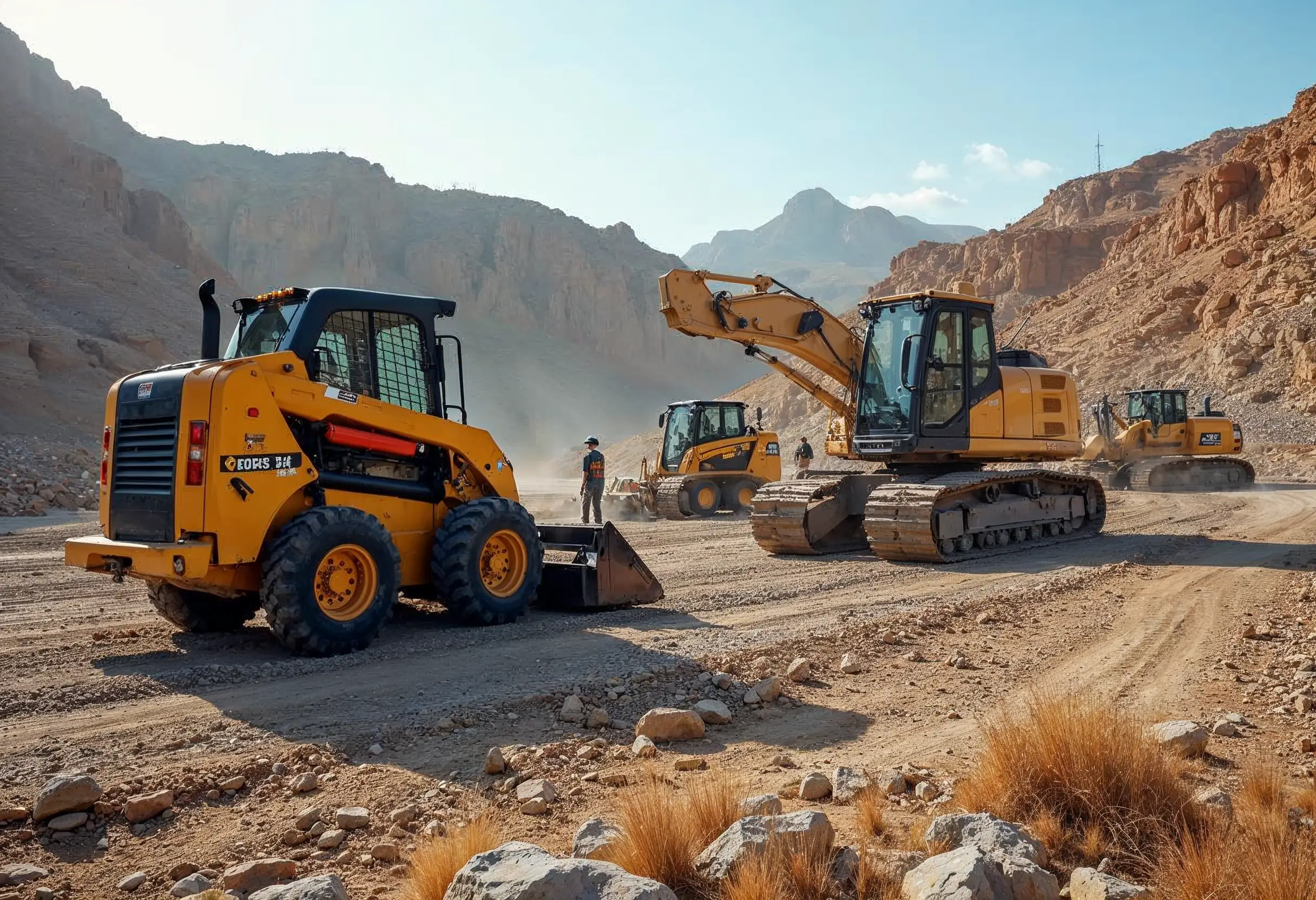
29 Quick Tips for Choosing Construction Equipment for Remote Locations

How to Select Construction Machinery with Optimal Equipment Maintenance in Mind
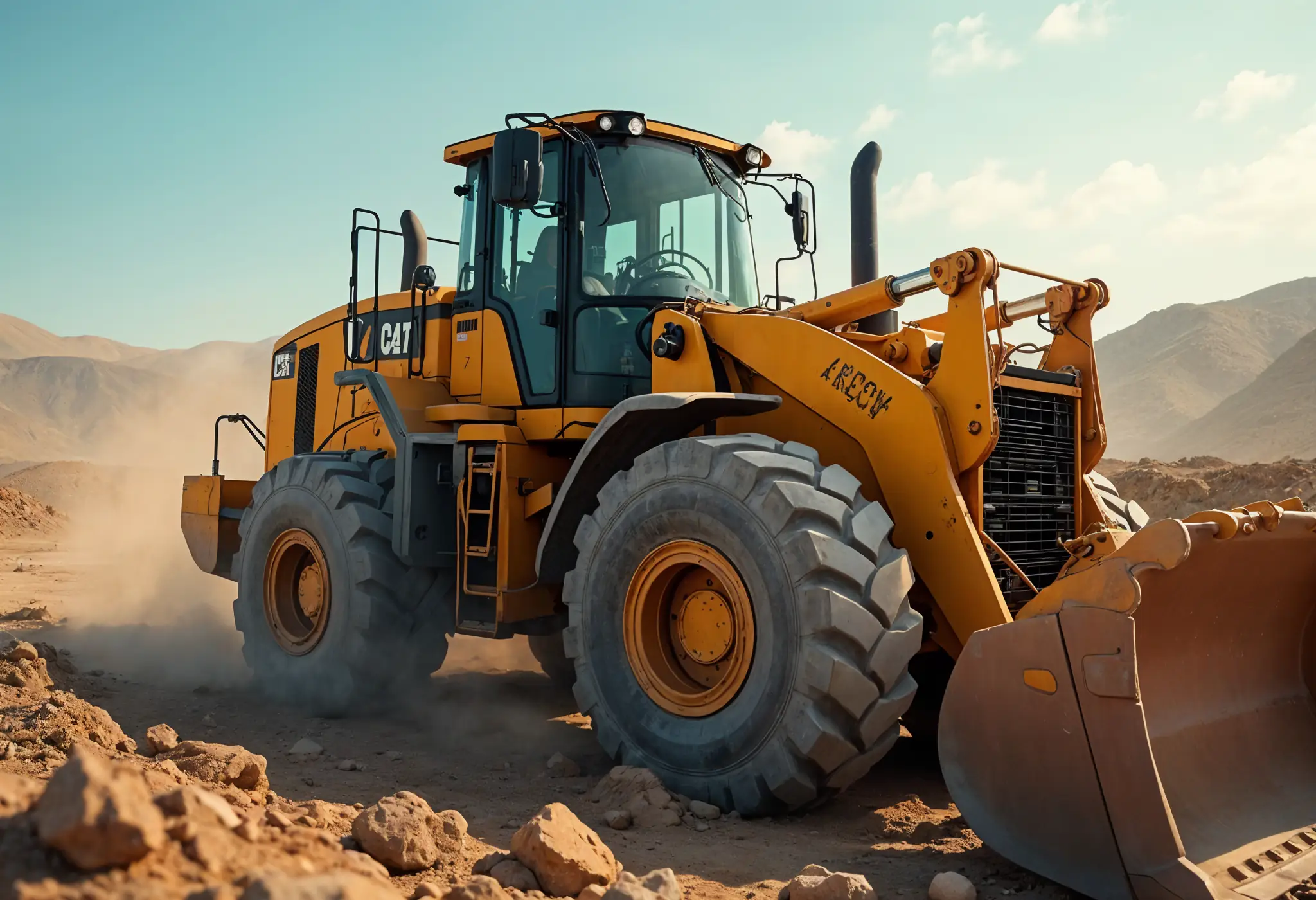
Top 25 Tips for Selecting Bulldozers for Construction Sites
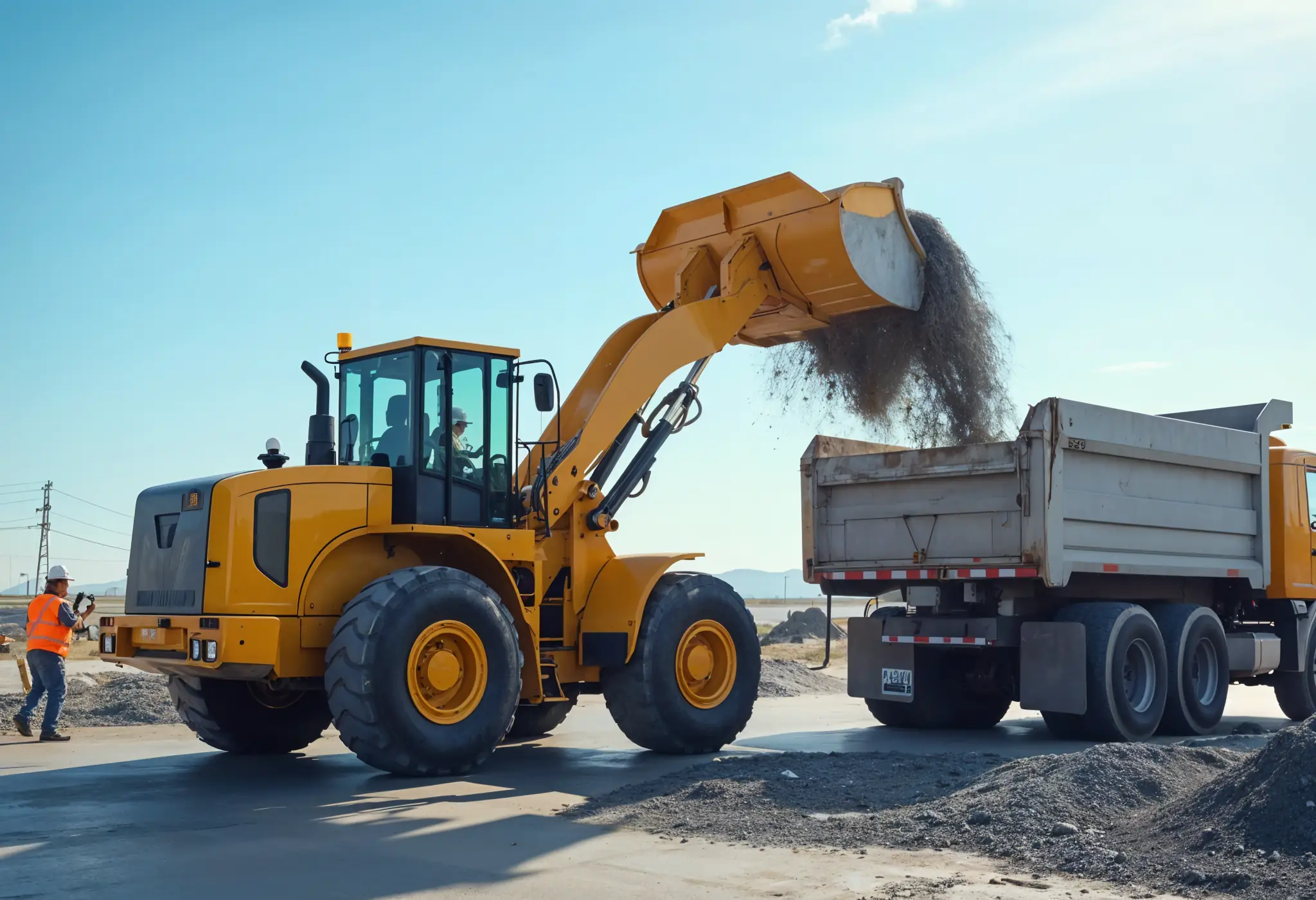
Which Construction Loader is Best for Your Project Needs?

4 Key Steps to Form a Construction Machinery QC Team

15 Essential Tips for Selecting the Perfect Crane for Construction

Maximize Savings: Multi-Purpose Construction Machinery for Lower Costs

Affordable Heavy Equipment Parts: A Sourcing Guide
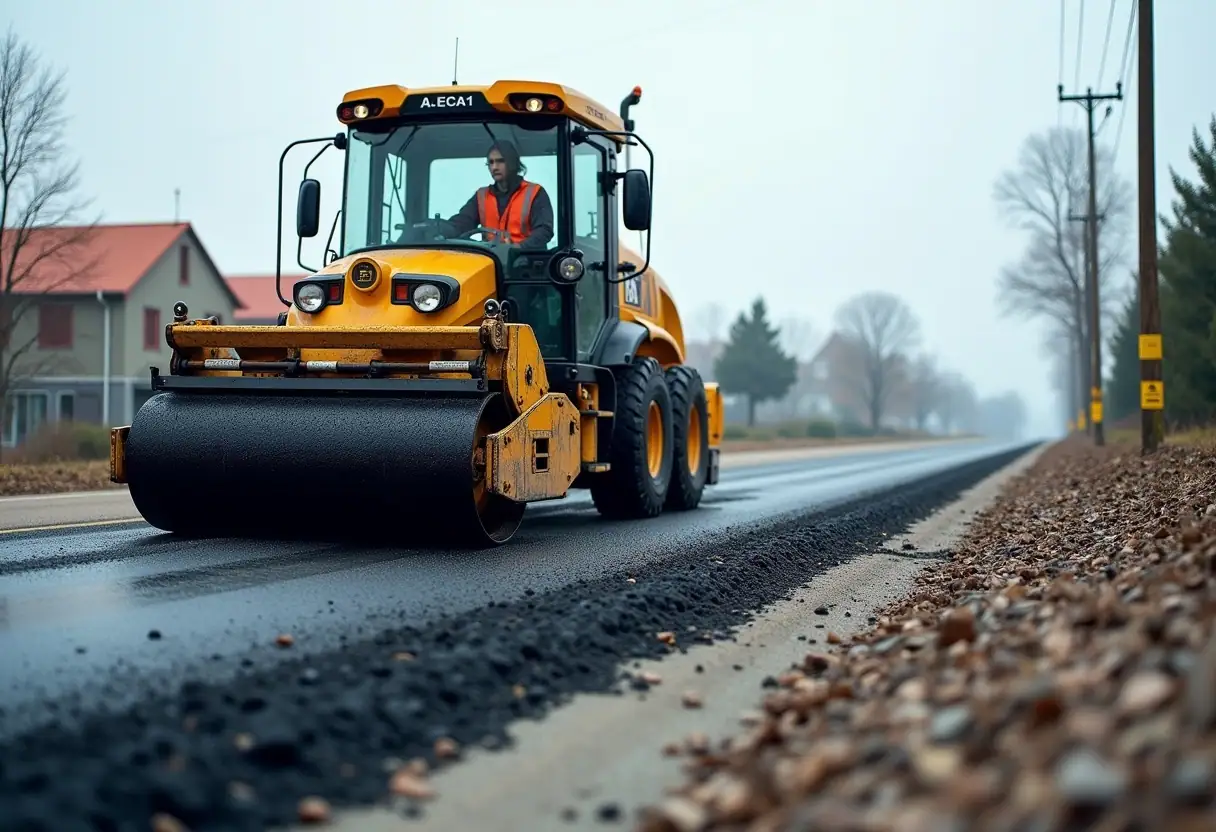
Choosing the Right Road Construction Equipment: A Complete Guide
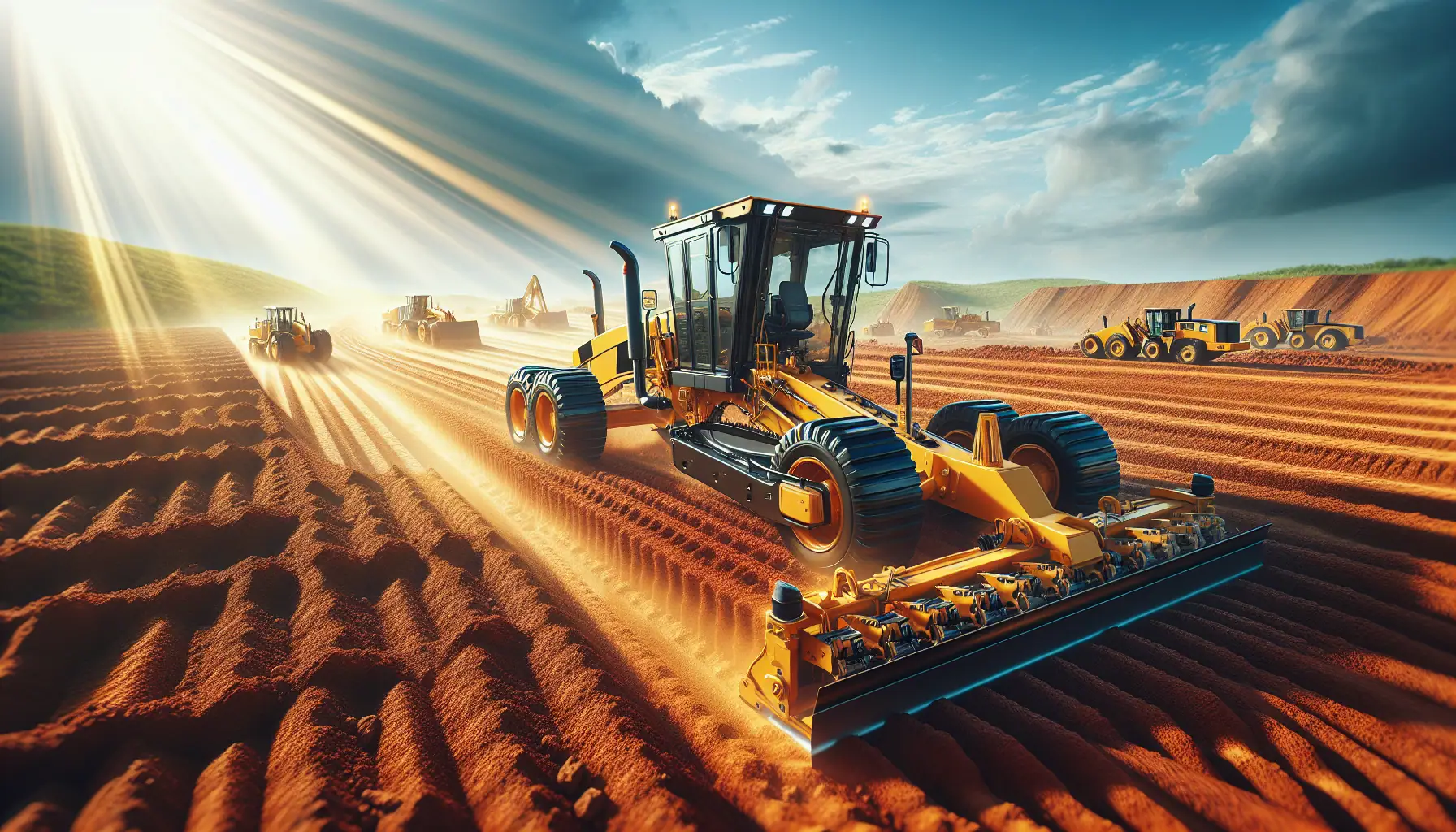
Motor Graders: Key Elements to Consider for Optimal Selection
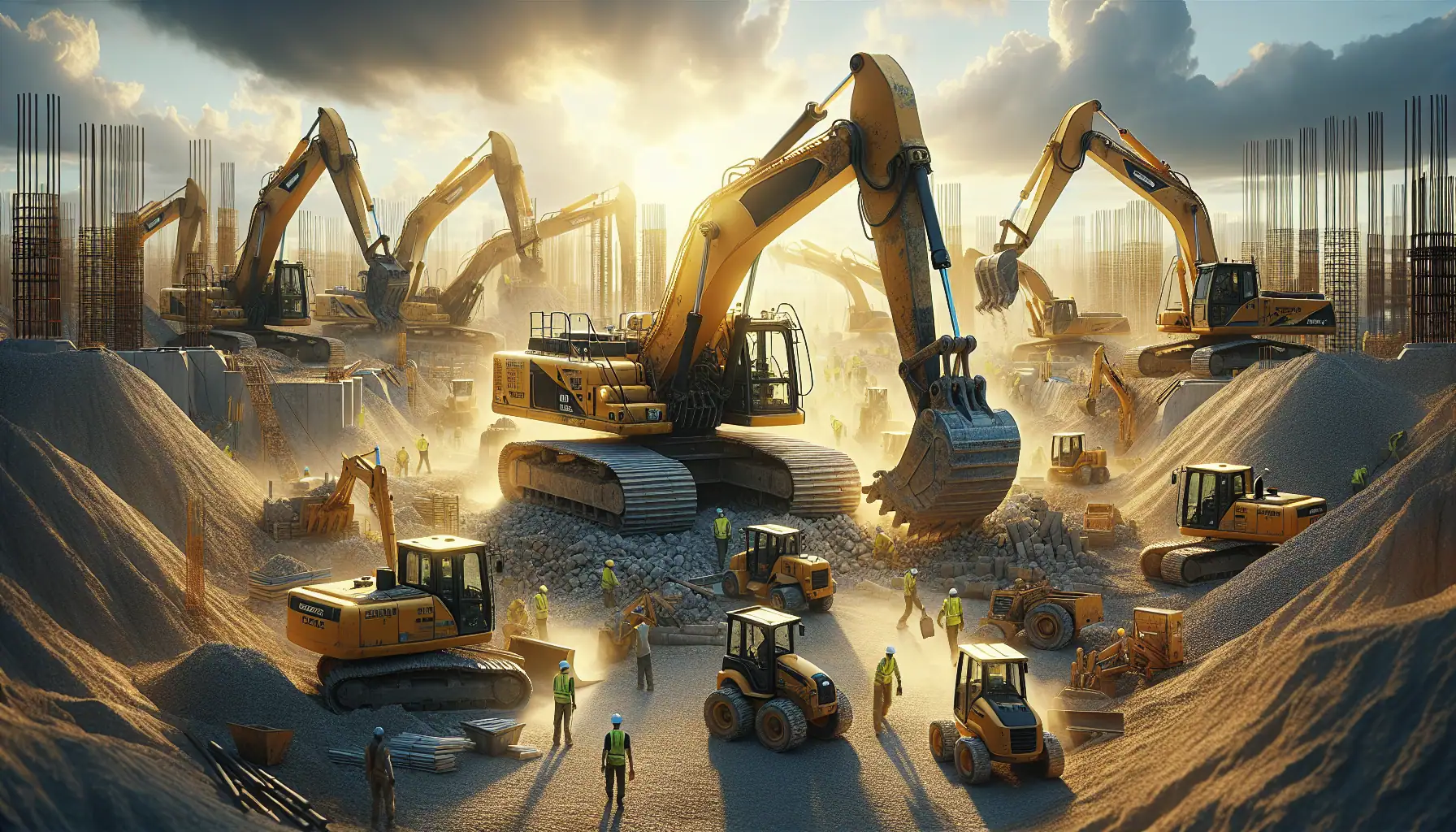
A Detailed Guide to Choosing Excavators for Construction Work

Top Tips for Choosing Cranes for Construction Projects
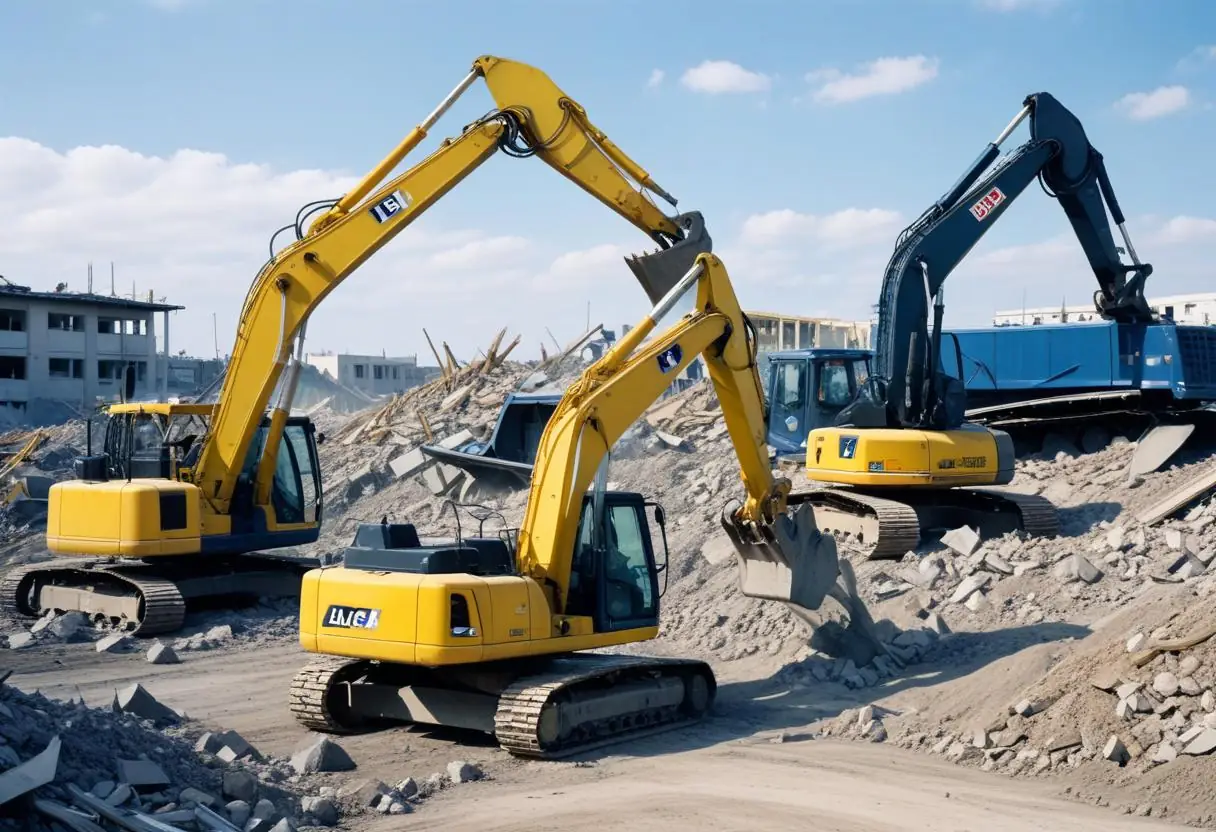
5 Top-Rated Demolition Machines for Construction Professionals
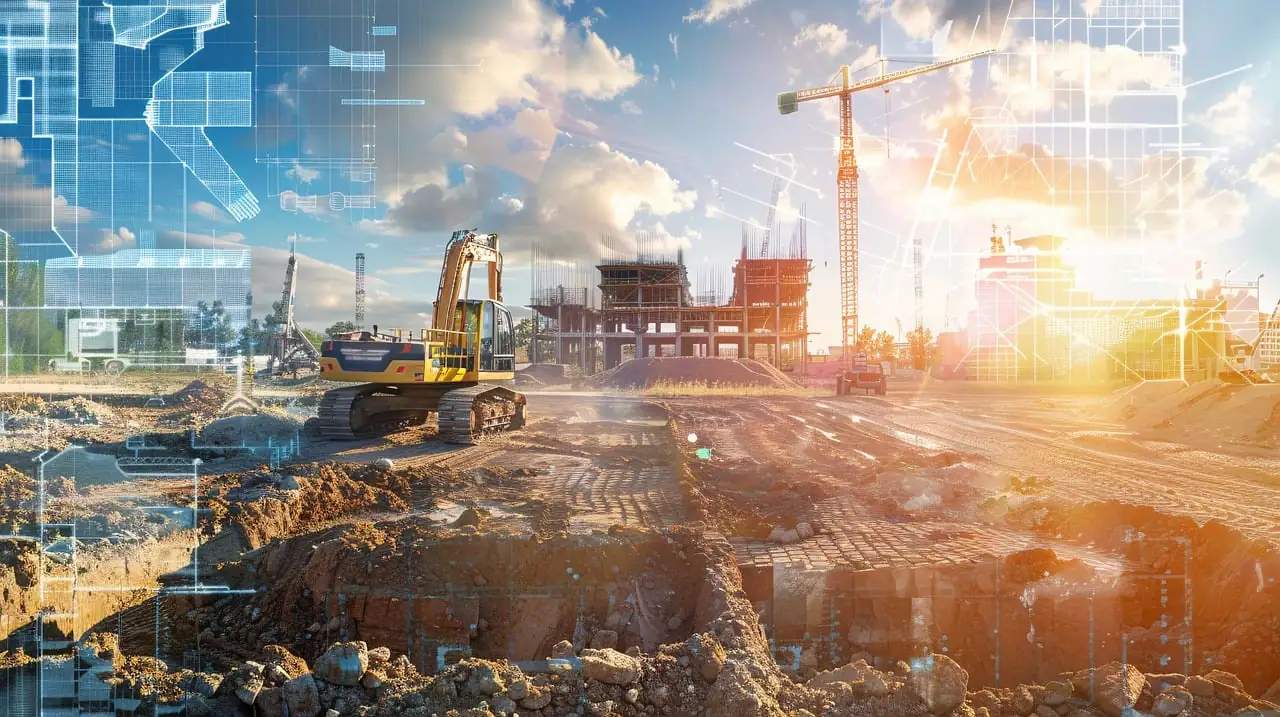
Expert Tips on Choosing Earthmoving Equipment for Large Projects
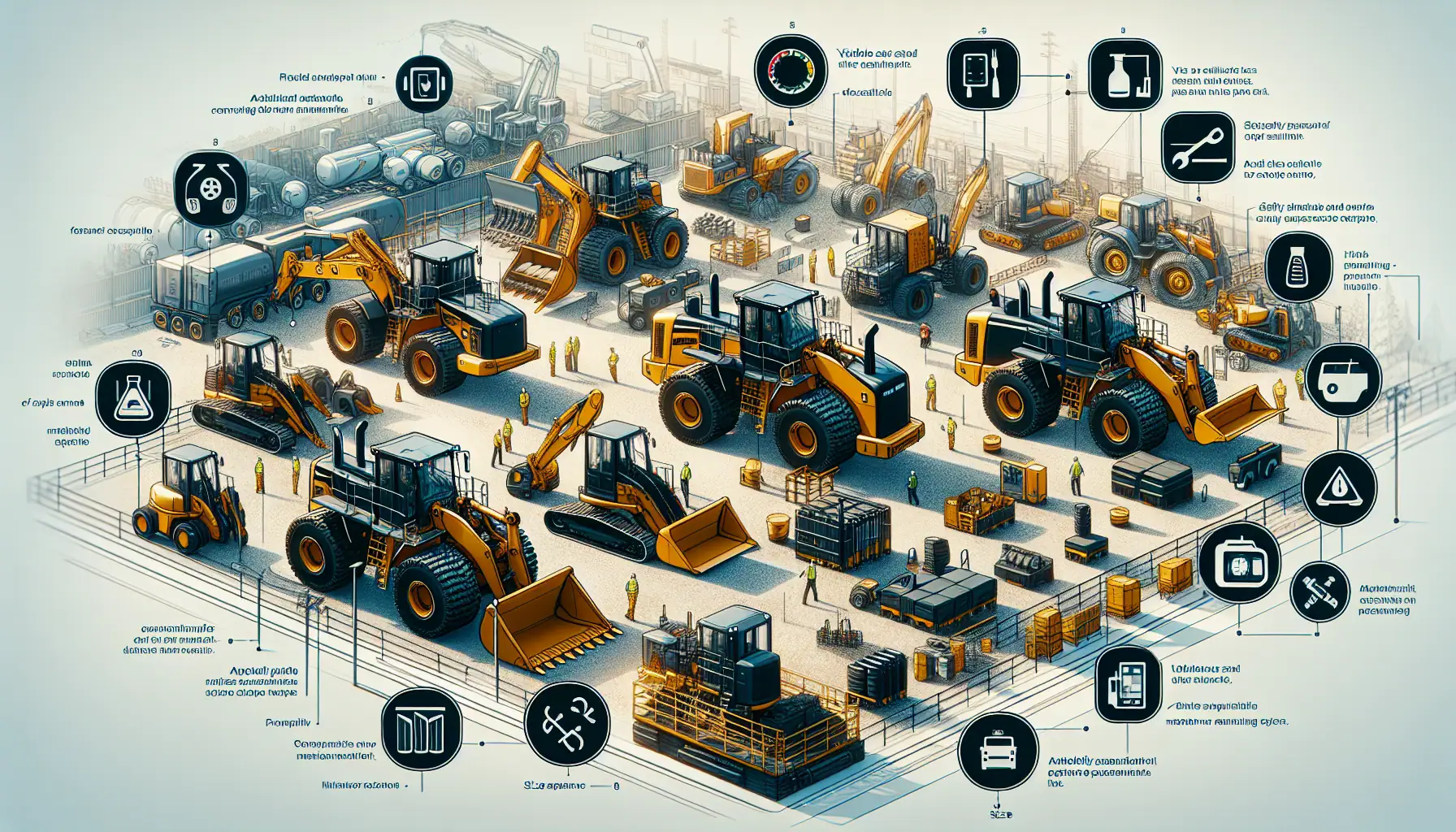
Top Functional Criteria for Selecting Heavy Construction Equipment
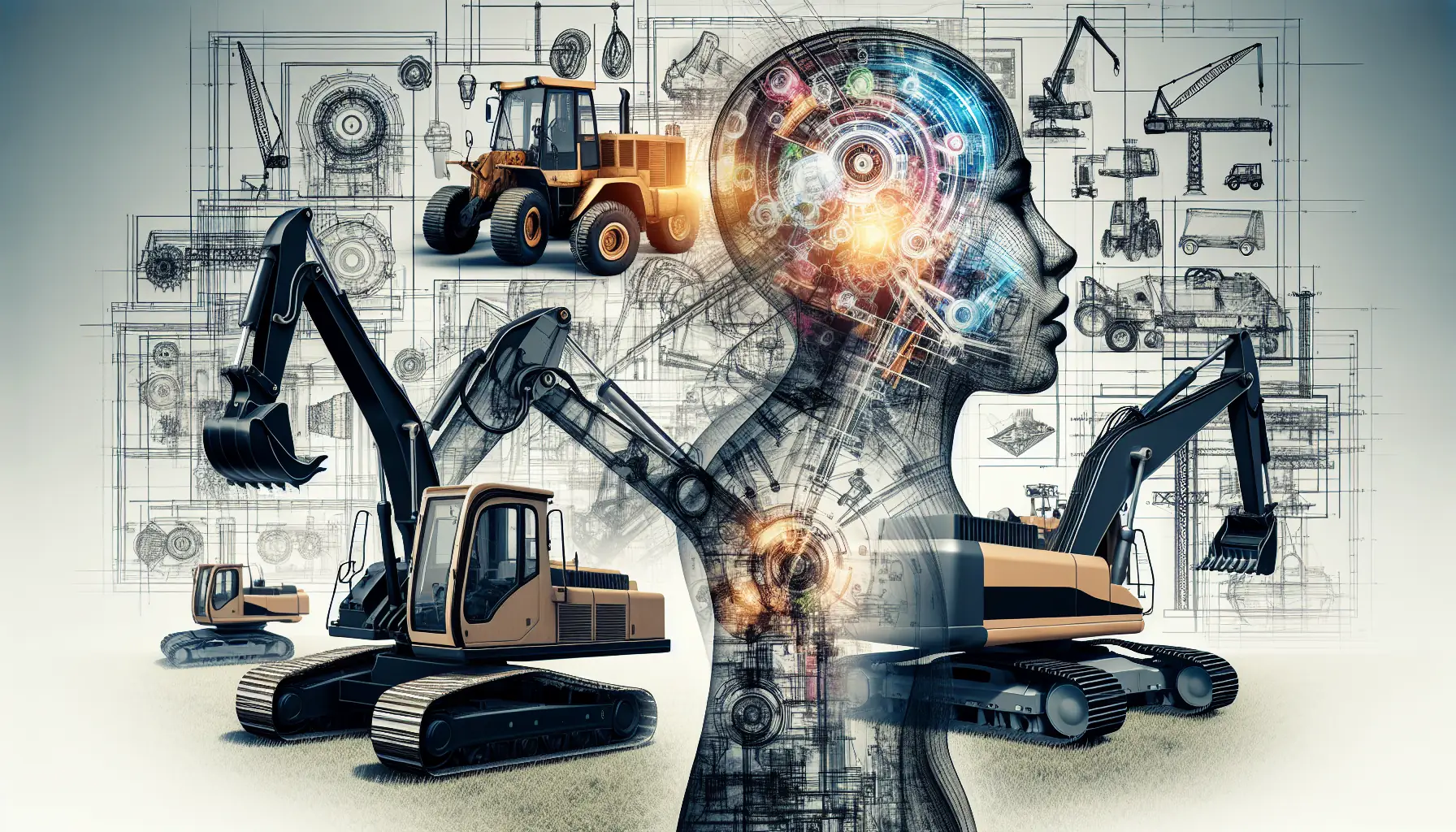
Construction Machinery: Detailed Guide to Equipment Specifications
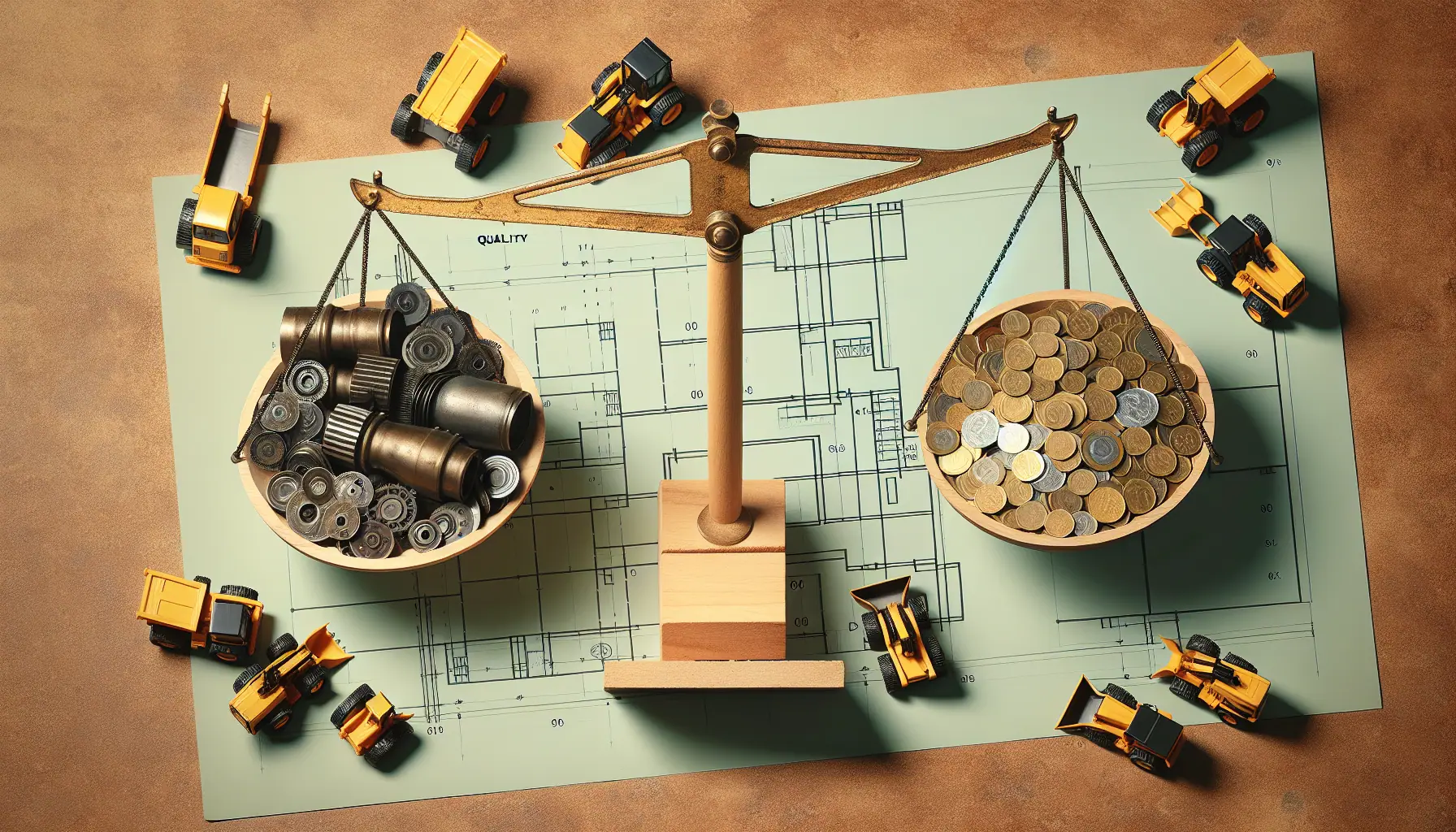
Heavy Machinery Prices: Key Factors in Cost and Quality Balance

Best Construction Heavy Equipment Brands: Pros and Cons
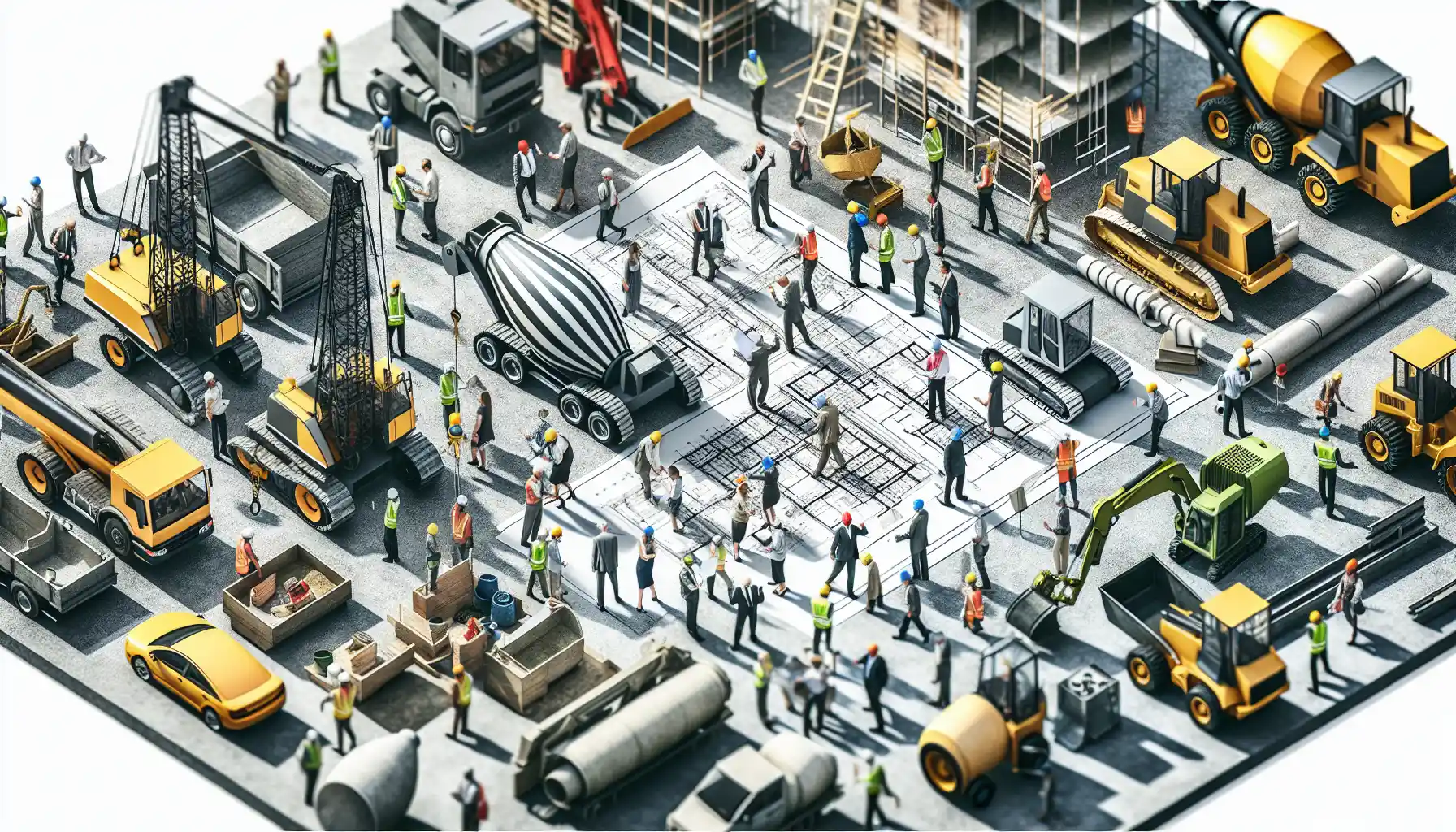
Construction Site Equipment: How to Determine Your Requirements

Maximizing Safety: Risk Management for Construction Projects

Innovations in Construction: Transforming Machinery and Equipment
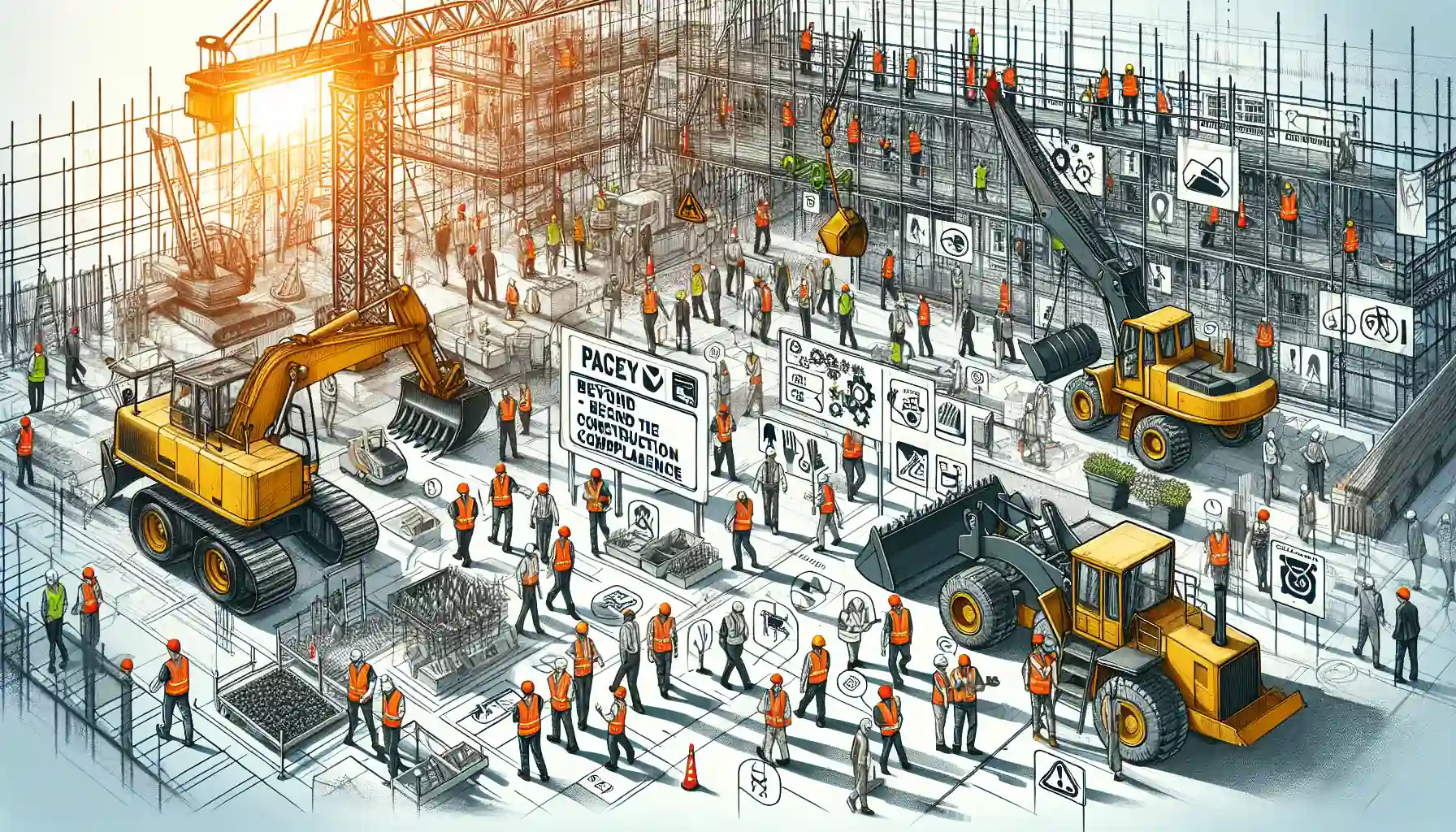
Heavy Equipment Safety: Beyond the Basics in Construction Compliance
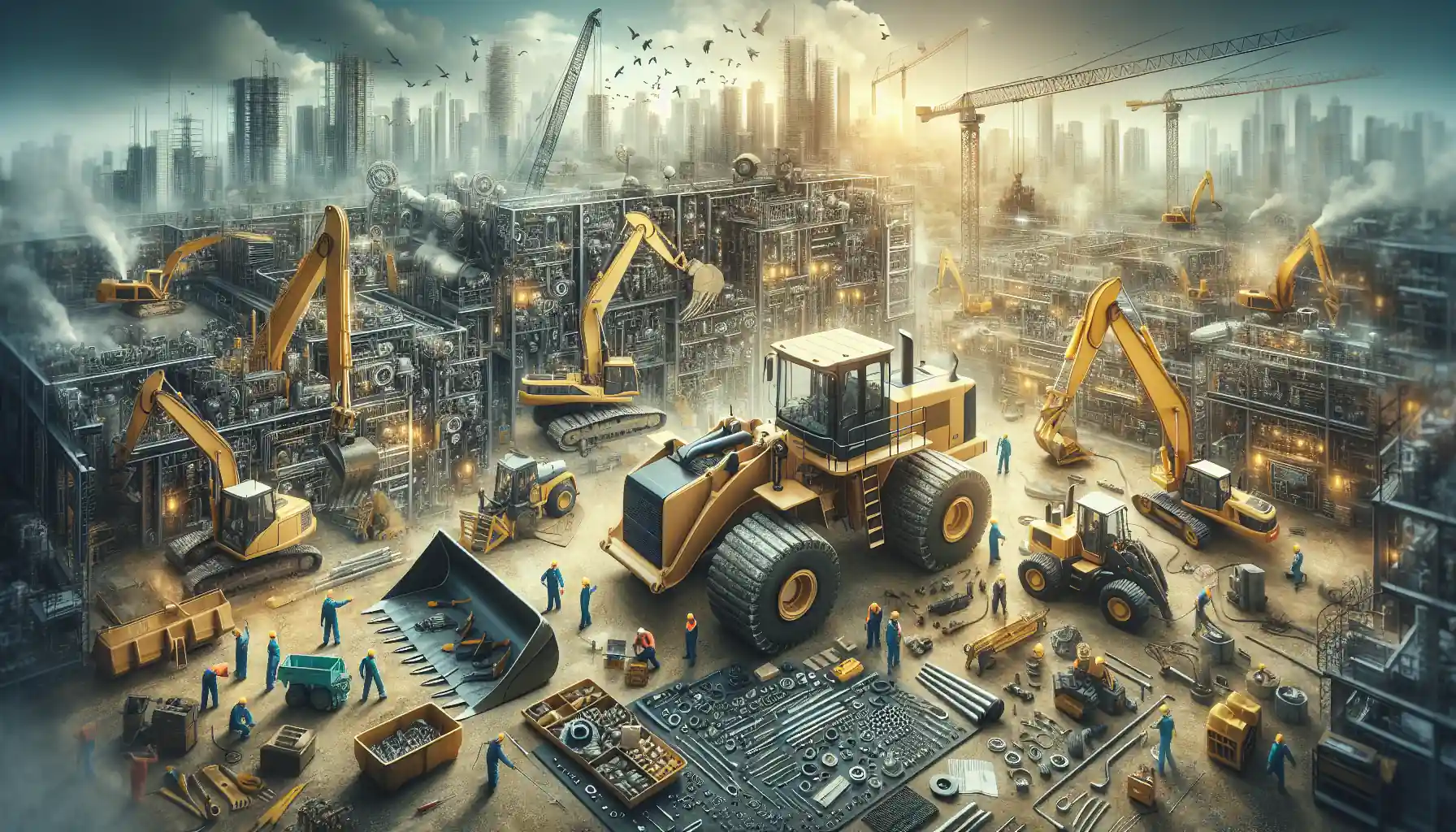
The Essential Handbook for Construction Equipment Repair and Maintenance

How to Efficiently Source Oil and Gas Machinery Parts in NYC

Essential Guide to Sourcing Agriculture Equipment Parts
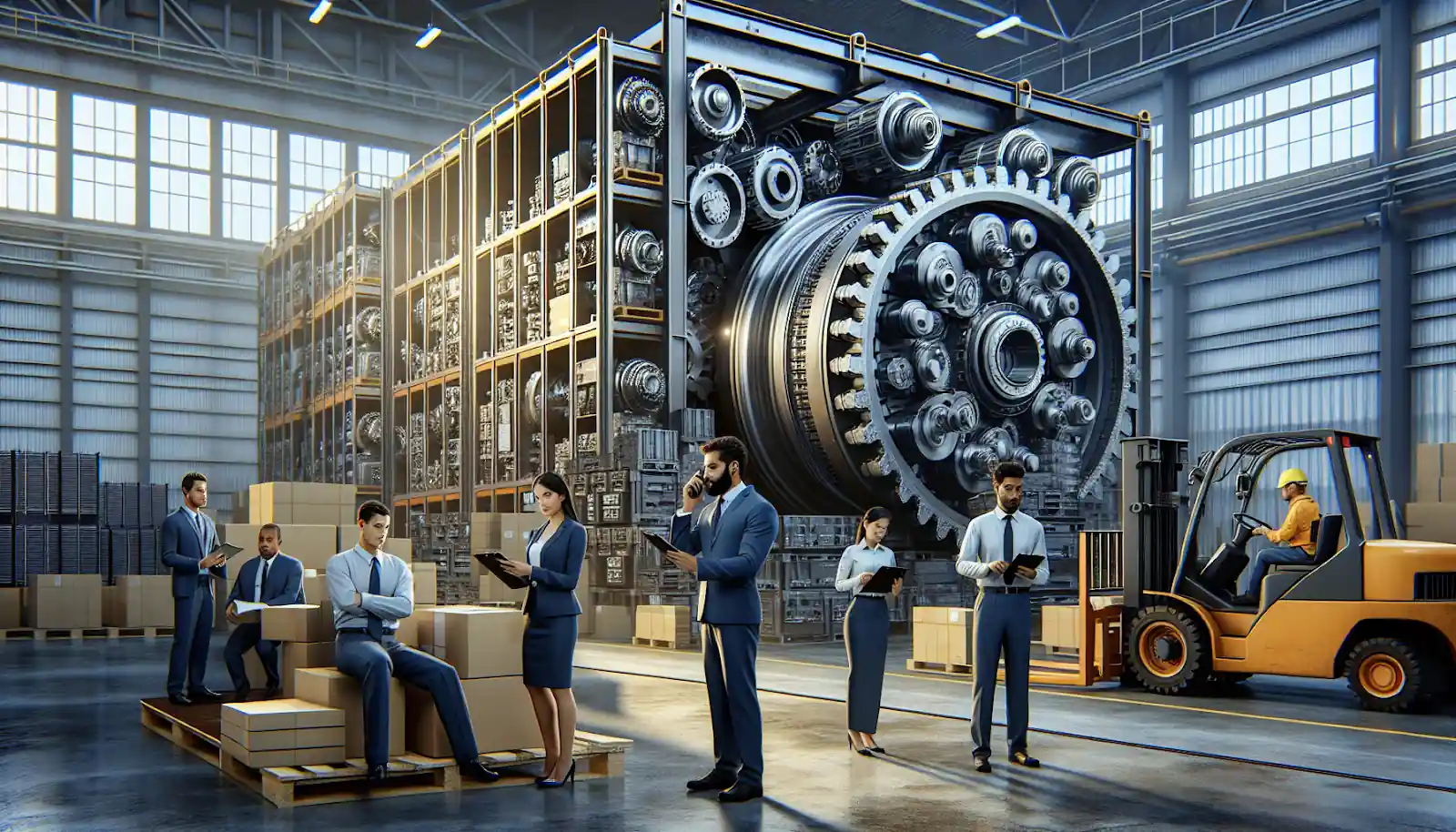
How to Source Mining Machinery Parts: Tips and Strategies
